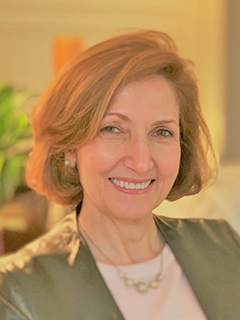HOW CAN WE HELP YOU? Call 1-800-TRY-CHOP
Body Surface Gastric Mapping in Patients with GI Symptoms
This study is now recruiting.
The purpose of this study is to learn more about a new device that measures stomach myoelectric (electricity produced by muscles) activity in children and young adults using body surface gastric mapping (BSGM). The BSGM device is FDA approved in adults but not children under 18.
We are looking to partner with patients who have a confirmed diagnosis of a Motility Disorder and/or Functional Gastrointestinal Disorder (FGID) or patients who are having motility tests/procedures performed for clinical care. We are also looking for healthy controls without any history of inflammatory disease or pyloric disorders. All study participants must be 8 - 25 years of age and have a body mass index (BMI) of less than 35.
Participation is completely voluntary, and subjects may withdraw at any time without affecting their care. Participants may receive compensation for their time.
Who Do I Contact?
If you are interested in participating in the study or want to learn more please contact our study team at BSGMstudy [at] chop.edu or 267-251-6768.
Eligibility & Criteria
Visit Criteria
The body surface gastric mapping (BSGM) device will measure stomach myoelectric (electricity produced by muscles) activity. The BSGM device is FDA approved in adults but not children under 18. It works very similarly to an EKG, where electrodes (sticky patches) are placed on the stomach area and hooked up to a computer for monitoring. Participants will have a minimum of 1-2 visits (depending on the type of illness they have) where the BSGM device is placed and monitored. These visits will last about six hours. Patients will have to fast for six hours prior to the device being placed.
About 30 minutes after the BSGM device is hooked up and running, a small meal will be given. It takes a total of about six hours to complete the test. Participants can watch television or use an I-pad during the test. Patients and their parents/guardians will be asked to complete questionnaires before the BSGM visit.
Patients who have additional motility testing/procedures done at a future time will be asked to repeat these visits.
These patients may be in the study up to three years.
We will also collect information from the medical charts of patients until the study is completed.
